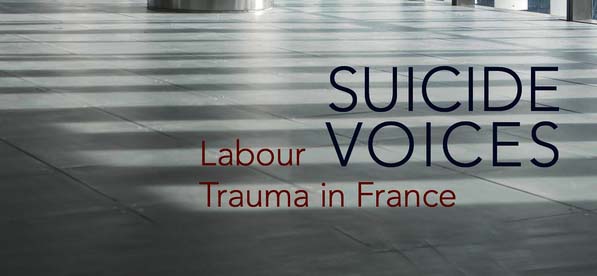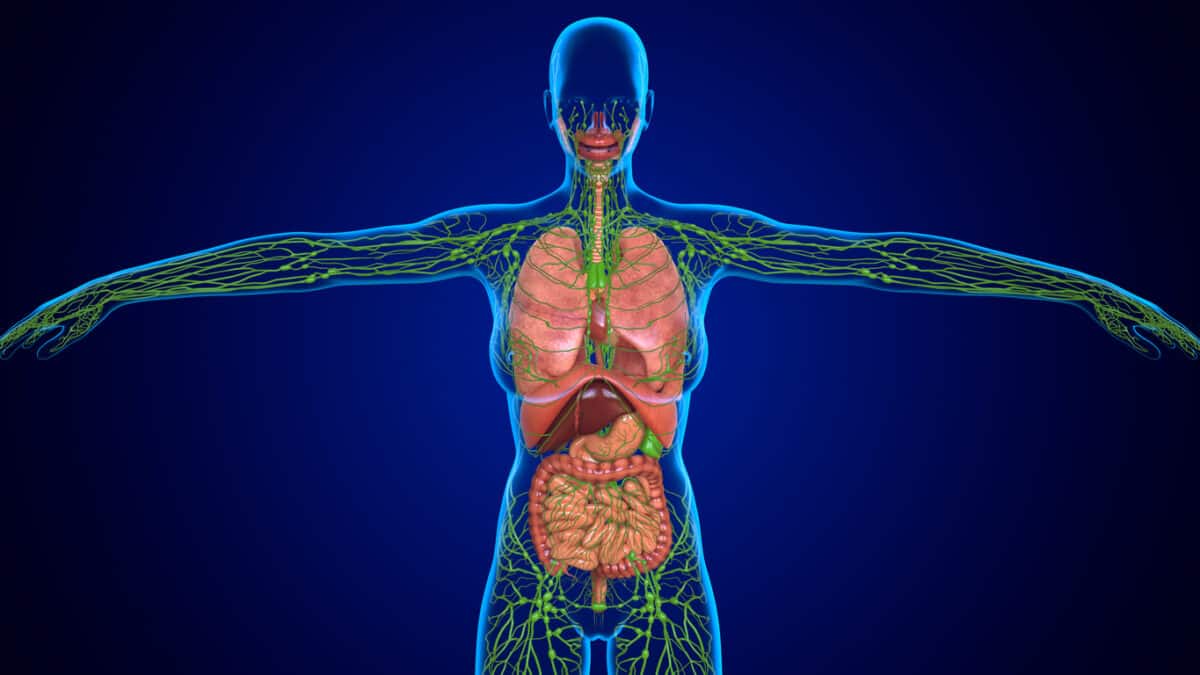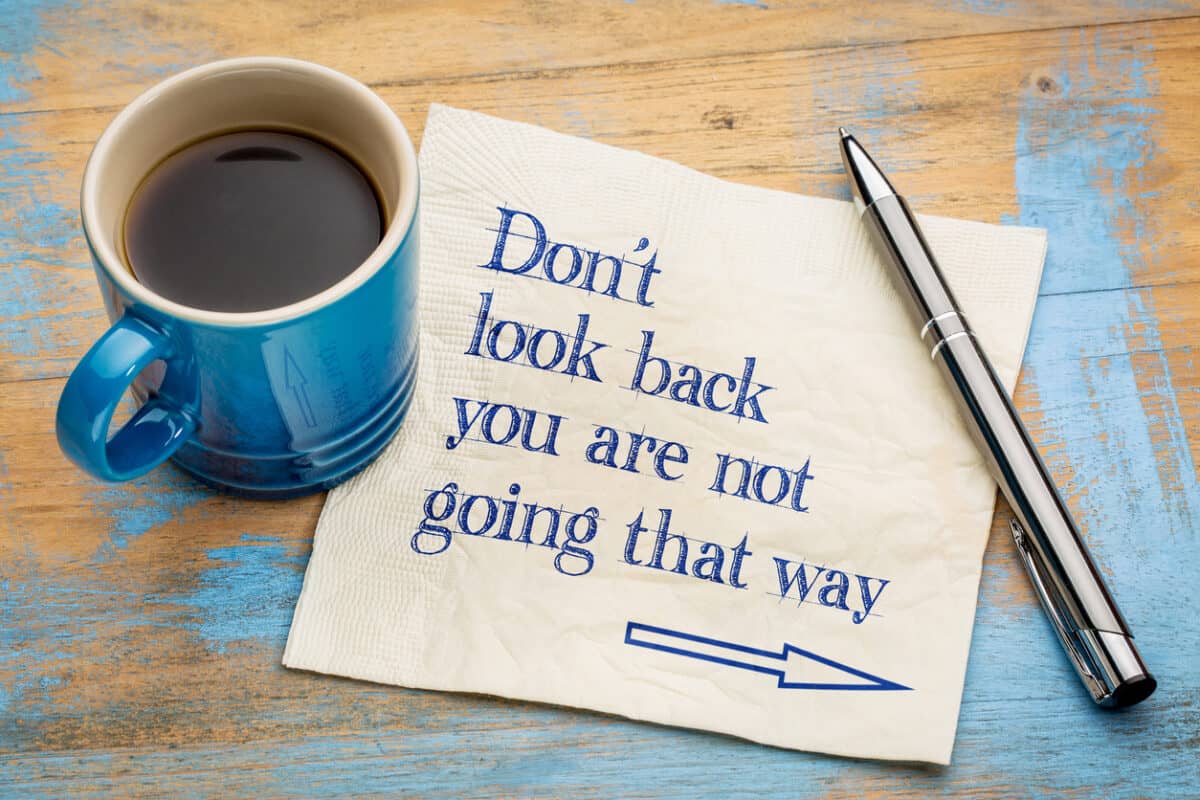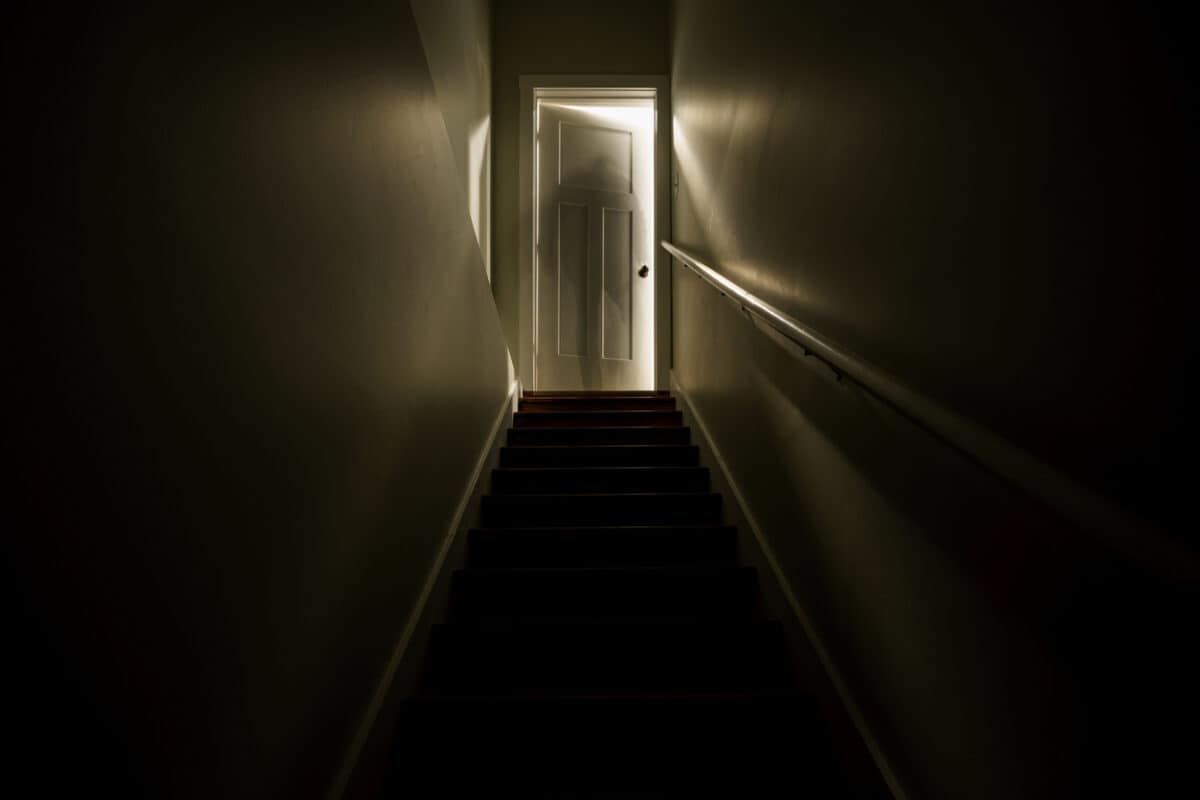In November last year, Pipecon was found guilty of breaching its occupational health and safety (OHS) duties concerning the deaths of two of the company’s workers in and from a trench collapse. An offence to which the company pleaded guilty. (Details of the incident and prosecution can be found HERE – search for Pipecon). The Ballarat Council has awarded the company a road construction project valued at over $2 million. Should the Council have done so? How does this decision affect the deterrence message that OHS prosecutions are supposed to generate? What does this say about the criteria used in procuring services?
Multidisciplinary approach to work-related suicides (Open Access)
Recently Denmark hosted the 19th European Symposium on Suicide and Suicidal Behaviour. Workplace suicide was on the agenda, and SafetyAtWorkBlog was able to pose some questions to a leader in suicide research, Professor Sarah Waters. Below is an illustrative extract:
Continue reading “Multidisciplinary approach to work-related suicides (Open Access)”“….If we reduce suicide to a mental health problem that is located in the mind, then there is no need to question the wider social structures and power relationships in which the individual is embedded. Suicide in my view is a political and a societal problem that is shaped by the wider social forces of which the individual forms part….”
Traditional suicide prevention strategies struggle for relevance
September 10 is World Suicide Prevention Day. Many organisations are and will be, releasing information about suicides but not really the prevention of suicides, more the management of potential suicides. It is a curious international day as it is almost a warm-up to Mental Health Day (and, in some places, Month).
This week Suicide Prevention Australia (SPA) released a report based on a survey of 283 responses, the majority from members of SPA. It’s not a representative survey, but it gained a fair bit of media attention. It also raises consideration of the meaning of a “whole-of-government” approach and the role of Regulations in preventing suicides.
Regardless of the peculiar survey sample, the media release accompanying offered a statement that should have all mental health and suicide prevention professionals reassessing their strategies.
Lymph v Blood – OHS at the Jobs & Skills Summit
If Industrial Relations is the lifeblood of the economy and the nation, then Occupational Health and Safety (OHS) is the lymphatic system, a less well-known supplementary system without which blood circulation fails and the body stops working.
Australia’s Job and Skills Summit that has just concluded focused on the blood. Media analysis offered mixed interpretations. The event was politically stage-managed with many agenda items pre-prepared for the Summit to confirm, but it was not a worthless gabfest, as some (who chose not to attend) have asserted. On the matter of occupational health and safety, there was one new initiative but most of the OHS change, if any, is now more likely to come through the (wellbeing) budget in October.
History Lessons
The latest report/history of occupational health and safety (OHS) in Victoria and the role of the OHS regulators written by Barry Naismith was released last week. (Available HERE for a short time) There are few histories written, and those are primarily written through the legal and legislative prism. Naismith was an employee of the OHS regulator during the period of this publication (as was I). Localised and recent histories are rare, especially in topics like OHS. Yet, these perspectives are vital for new entrants to the OHS sector to understand the experiences of their immediate forebears and, perhaps more importantly, to understand the current priorities of OHS regulators.
Webinar of insight and update
Recently 700 people registered for a webinar conducted by Herbert Smith Freehills on work health and safety reforms, primarily on psychosocial risks at work. These risks were presented in various inquiries into sexual harassment, fly-in fly-out work practices but also generated new regulations, guidances and codes.
Steve Bell spoke about the responses from occupational health and safety (OHS) regulators to these issues and said:
The man on the stair who isn’t really there
On August 26 2022, Australia’s Minister for Employment and Workplace Relations, Tony Burke, spoke at a union conference. This is not an unusual event for Ministers, but the timing of Burke’s address was less than a week before a major Jobs and Skills Summit – the hottest political event in town at the moment. The transcript of the speech provides clues and hints as to how occupational health and safety (OHS) may or may not be discussed.
There is an early indication that safe workplaces are important (heart skips a beat), but then it seems shunted to the side. Burke said:







